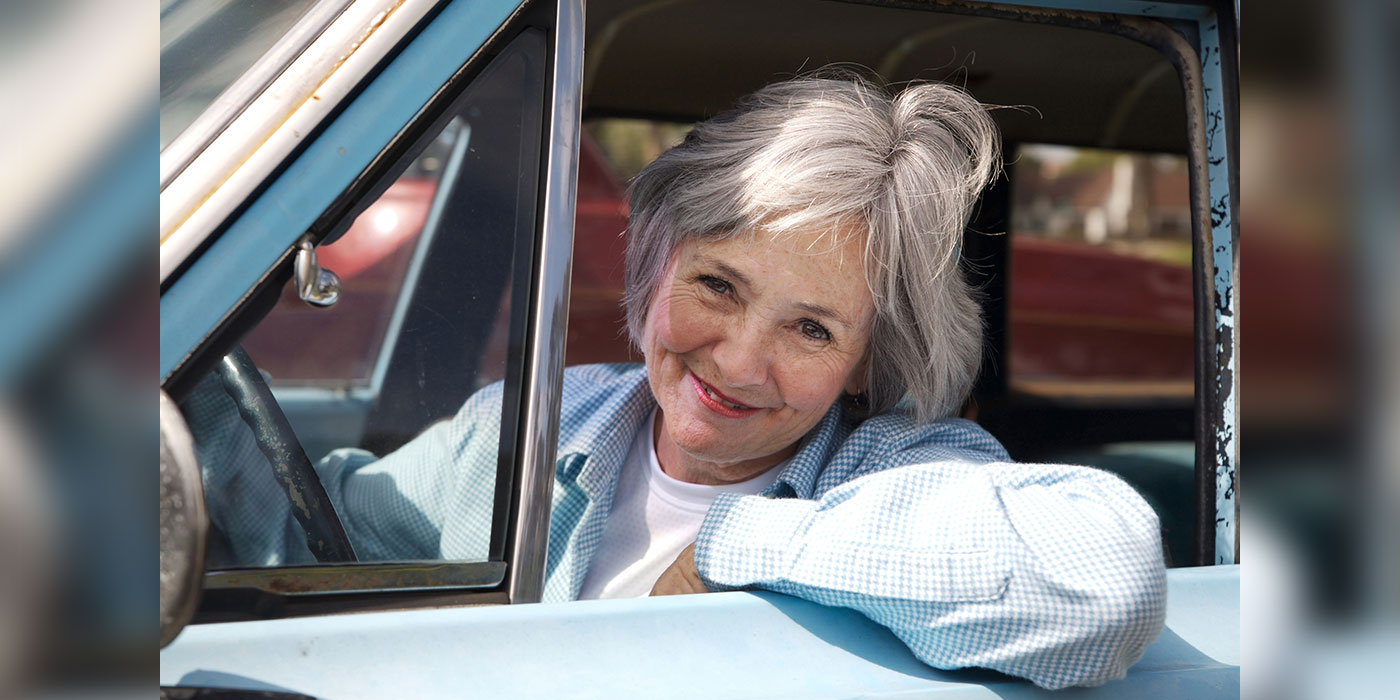In part one of this special two-part feature, we discussed why customers complain and how both positive and negative feedback can impact car care businesses. In case you missed it, you can find part one here.
For the purpose of this article, we will take a closer look at common customer complaints by wash type, monitoring with surveillance and if the customer is really always right.
Stay ahead with risk assessment by wash type
The professional carwash industry has several models and types of carwashes, ranging from self-serve to full-serve and automatics. Each model and carwash type are prone to certain incidents and customer issues, so it is important to educate yourself and your staff of these risks and take proactive steps to minimize damage.
Here is a brief look at some of the most common issues that arise from the most popular types of carwash models, according to those we interviewed for this article.
- Self-serve: A bill and change collector gets wet, making it harder to collect bills. “Self-serve is a wet environment where these machines are exposed. We solved this issue by putting flaps over the bill collector to avoid wet bills from being rejected,” remarks AJ Zappitelli, owner of Zappy’s Auto Washes.
At Hoffman’s Car Wash, Rodney Bronson, customer service manager, notes rare complaints with his chain’s self-serve locations. However, some previous incidents included the brush coming off the handle, causing the customer to scratch his or her car; lines above the bay falling; and paint removal from dryers and water pressure.
Robert Andre, vice president of training and education for SONNY’S The CarWash Factory, notes that bay cleanliness can be a sore spot for some self-serve customers. Additionally, continues Andre, equipment failure can create issues at self-serves.
- In-bay automatics (IBAs): All of our respondents assert wash quality is a leading customer concern at these types of washes. Customer understanding, or lack thereof, regarding this wash type might also lead to frustration.
“Some complaints come from customers who don’t fully understand how a frictionless IBA operates. For a dirty car, without friction, it is not going to come out as clean as when friction is applied,” notes Bronson. “We don’t have a lot of issues [with our automatics], but there are some people you just need to educate on how these systems operate.”
Another issue that Zappitelli encounters at IBAs is customers not knowing when to enter and exit the bay. “If a car doesn’t pull out fast enough, the next person’s wash could time out before receiving a full wash,” he adds.
- Conveyor/tunnel: Of all the wash types, experts say this carwash model will be exposed to the most customer issues because of what is involved and all the moving parts.
“Most importantly, [direct] the traffic onto your conveyor properly,” notes Bronson. “It depends on your track and your equipment, but if you have metal correlators that guide the car onto the conveyor, you can do damage to the wheels, especially today with all these low-profile tires where the wheels stick out farther than the tires; if you’re not careful, you can do some ‘wheel’ damage.”
Bronson says power antennas can be an issue as well. “If you don’t ask the customer to lower those, they can break off,” he asserts. “And I don’t care how many signs you have that note you’re not responsible for customers leaving their antennas up. … Customers will tell you they never saw the signs.”
In addition to the above, rear wiper blades, wiper arms, molding/paneling and mirrors can also be at risk of damage at a conveyor/tunnel that is not performing correctly for a variety of reasons.
“At full-service carwashes there are a lot of things you need to be careful with because you are inside the customer’s car,” continues Bronson. “And, there are a lot of things that can go wrong. For example, a customer can claim that you scratched [his or her] navigation screen. If you are going to clean those navigation screens, you better be using the right materials to do it.”
According to Andre, all carwashes have to deal with one common customer complaint: vehicle damage. Since a car is often the customer’s second most expensive piece of property, damage claims can be tricky; so you will want to handle these situations carefully.
“Typically, if there is an incident that you know you are responsible for, you first need to step up and take care of the issue as if it were your car that got damaged; think about how you would want to be treated,” advises Andre. “And, about 30 days after the incident has been taken care of, I always like to send out a personal letter to the customer, thanking him or her for the business and again apologizing for the incident. In that letter, I always include a coupon for a free wash as a token of our appreciation. Customers are usually pleasantly surprised that we took the effort and we’re still thinking about them.”
Regardless of the issue or the carwash model, you must train employees to be honest with management and the customer immediately if something breaks. Also, warns Bronson, be careful when reviewing damage claims because some of these damages might have been caused by underlying, preexisting conditions. Check the area for glue, missing screws, clips, etc. And, don’t forget to take advantage of the eye in the sky.
Caught on camera
While security surveillance cameras are an effective way to catch and deter criminals and ill-willed employees, these systems can also be used to provide factual evidence of whether a customer’s issue is warranted, or not. Strategically placed cameras inside bays or tunnels, entrances and waiting areas, and other spots that can capture video of a car entering and leaving the tunnel or bay are recommended.
“All of our washes have about 10 cameras that scan the car as it pulls in and [goes through the wash]. So, any damage that exists prior to entering the wash is recorded; and, if a customer claims damage, it helps us all stay on the same page. We’ve learned that the cameras have become a huge part of our customer service,” explains Zappitelli. “These cameras provide another set of eyes — it’s like having an attendant on-site 24/7.”
As Bronson puts it, carwash owners do not get into this business to pay for every customer’s damage claim. “If you were, you’d be out of business rather quickly,” he says. “We have numerous security cameras located throughout our carwashes, and they really do pay for themselves in the long run.”
These cameras are effective, but be sure to regularly check that they are in good working order; and when installing, consider things like sun glare, blind spots, position of the cars when entering/exiting, obstructions, video quality, etc.
The customer is always right … right?
The infamous motto, “The customer is always right,” is sometimes easier said than practiced. While the majority of customers will have real concerns and issues some irrational customers will maintain stubborn viewpoints, regardless of hard evidence. So, is the customer always right?
“It happens from time to time, but it is very rare,” says Bronson. “We always try to follow the motto that ‘The customer is always right,’ but sometimes claims are so [outside] the realm of possibilities. It’s a tough situation because the customer doesn’t want to hear no for an answer, and you really have to be careful with how you handle it. Part of the solution is just educating [customers] the best way that you can; then explain your position [including any visual evidence]. And, you can’t apologize enough. Even if you know you’re not wrong, you still have to apologize for their time and trouble — that is very important.”
While major customer issues and damage claims will surface if you remain in the carwashing industry long enough, most customer complaints will be minor and easily fixed with a free wash or service upgrade. Still, you are in business to make money and not to hand out freebies. As a result, sometimes you’ll need to just say no.
“I don’t think the customer is always right. But customers are customers, and you need to solve their problems when you can,” insists Andre. “But if you have a customer who is constantly an issue, [it’s OK] to fire that customer, if you will, because not every customer is right for every business.”
This conclusion should be the exception and not the rule. Dealing with customer complaints can be a touchy situation that could escalate when not handled properly. However with effective problem-solving, such as the tips offered in this article, you can save a customer, reaping long-term financial benefits. As Zappitelli concludes, “Complete customer satisfaction is our number one goal; because if you don’t have customers, you don’t have a business.”














